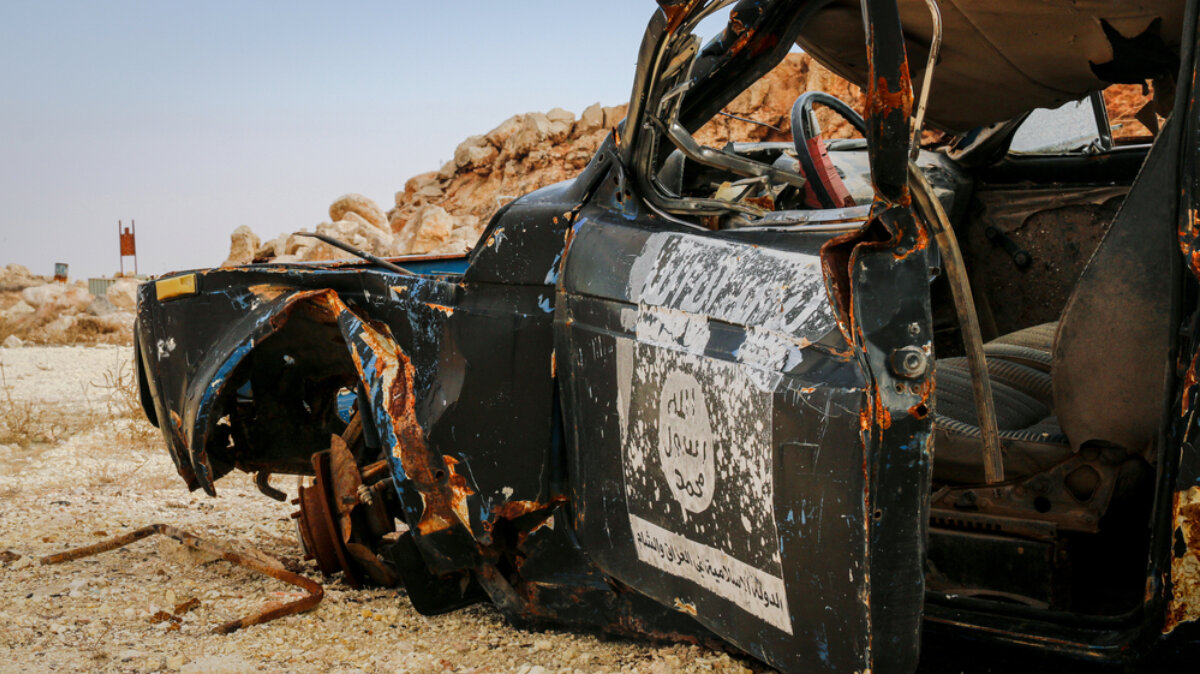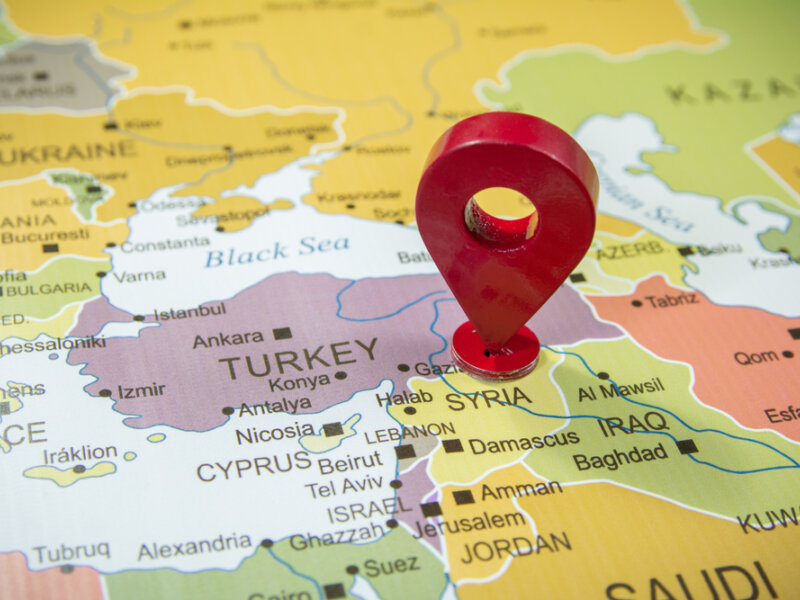The Islamic State is regaining strength in Syria
The number of attacks carried out by IS in Syria has never been so high since the days of the Caliphate. This is why it must be monitored. An analysis by Emanuele Rossi.

The way the Islamic State is claiming attacks in Syria is becoming increasingly concerning. And this could be problematic since, it is worth remembering, it was the Syrian context that served as a launchpad for the Organization envisioned by Abu Bakr al-Baghdadi, in Iraq’s anti-terrorism prison of Camp Bucca. Although the chaotic context in which Baghdadi’s ideas gained momentum has significantly changed with the de facto end of the civil war, the Syrian context still has areas of latent administration and nonexistent security, that – combined with the dissatisfaction of local communities – can generate new recruitment pools for the Organization. Especially after significant operations have happened again, like those in Moscow or Kerman.
This year’s assaults in January were four times more frequent than those in January last year, and following a more regular February, IS activity in March increased threefold. April started off with a multi-front operation that had not been seen in a long time: on the night between the 5th and 6th, IS militias attacked the city of Ma’adan, in central Syria along the river, a few tens of kilometers south of Raqqa (the Islamic State’s capital), hitting several checkpoints along the highway that connects the city to Deir Ezzor. In these areas, security should be primarily provided by Assad’s soldiers, who still do not seem sufficiently capable, as they weren’t also during the civil war – which began more than ten years ago and is currently in a phase that grants the victory to the regime despite the persistence of numerous problems, so that Damascus does not control its territory and its rivals (like IS) are not so weak.
The area recently attacked by Baghdadi’s supporters is also protected by Russian troops (which had been deployed in Syria since September 2015 in order to support Assad), and by militias coordinated by the Pasdaran (who are also using the country as a platform to attack Israel). Yet, the Islamic State is still capable of posing a threat, planning large-scale operations, and achieving successes. According to Charles Lister – an analyst at the Middle East Institute and one of the world’s leading experts on Syrian terrorism – in the al Majalla magazine, IS launched at least 135 attacks in areas controlled by the regime in the first three months of 2024, representing a 170% increase compared to the previous three months. The situation is similar in the areas under the administration of the Syrian Democratic Forces, an alliance of militias mainly made up of Kurdish units that the United States has put together precisely to fight the Islamic State in the northern Syrian strip: following the significant victories that resulted in the end of the Caliphate’s state dimension seven years ago, there have been monthly increases of 30-40% since January, totaling over 115 attacks. Of these, 69 occurred in March, marking the highest number since Baghdadi’s soldiers were in control of Raqqa.
The nature of these attacks is a crucial aspect in suggesting a return to organized activities and the effectiveness of proselytism. It is true that the majority remain IEDs (acronym for “improvised explosive devices”), inexpensive, easily manageable, and quite simple to prepare. But there is also a rise in more sophisticated actions: mass assaults (like the one that occurred in Ma’adan in early April), coordinated ambushes, armed incursions. Also forced taxation systems are returning, in line with the criminal-style extortion model, which was used by territorial administrators and is not so different from mafia extortions.
Even the use of false checkpoints to capture, interrogate, and execute enemies have returned – meaning that militants are less afraid to reveal themselves in public. At the beginning of April was found dead one of the leaders of the former Jabhat al-Nusra, the Syrian branch of al-Qaeda that IS considers an enemy for adopting a less globalized view of jihad. This murder be traced back to Baghdadi’s assassins, who in Syria eliminate opponents using tactics similar to those of criminal gangs, with the aim of putting competitors in difficulty and demonstrating capabilities to attract potential recruits, who are seemingly growing again.
When the bulk of the Islamic State was defeated, the main issue was proselytism. It was believed that it was no longer possible to rebuild an effective and efficient system like the one that had moved militants and foreign fighters from all over the world. And yet the troops have returned to grow, also thanks to constant (and effective) propaganda campaigns that are encouraging the recruitment.
Lister explains: “If IS continues along its newfound trajectory, the impact of its extortion, intimidation, and threat will grow exponentially. That process began in Iraq and subsequently in Syria in 2011, paving the way for the dramatic territorial expansion of IS three years later. The fact that Syria provides opportunities for IS not only to survive but also to recover should not be a surprise. This wave of attacks did not come out of nowhere.” The signs were there, but Syria is a forgotten dossier in mainstream media. However, the return of the Islamic State in other contexts (from the so-called Khorasan to Africa) allows the “old heart” of the organization founded by al-Baghdadi to beat again.



